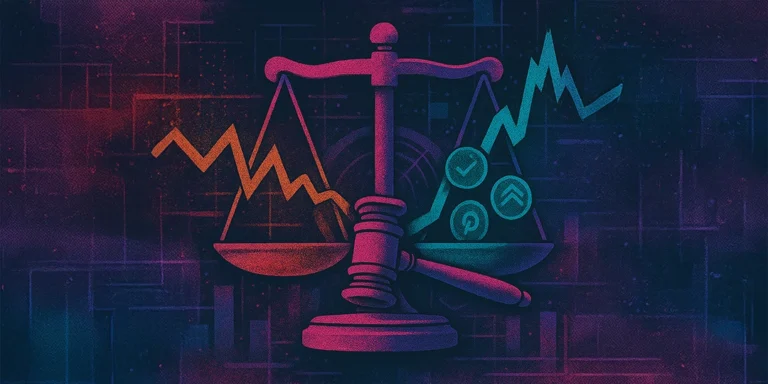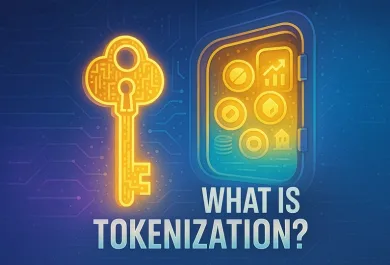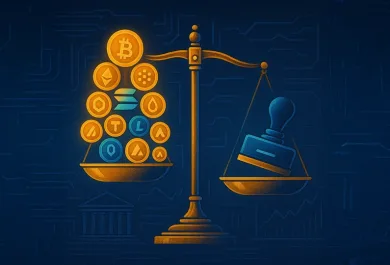The U.S. financial watchdog, the Commodity Futures Trading Commission (CFTC), is sending strong signals: a major shift is brewing for how Americans can trade cryptocurrencies. We’re talking about something called ‘perpetual futures contracts,’ often nicknamed ‘perps.’ While these high-risk, high-reward financial instruments aren’t broadly available to everyday investors on regulated U.S. platforms yet, that could change very soon.
The CFTC recently asked for public input on these unique contracts, a crucial step toward creating formal rules. This move comes as major crypto exchanges are already racing to offer perpetual futures in places like Europe, aiming to get a head start in markets with clearer regulations.
Leading figures in the crypto world are pushing U.S. regulators to move forward. They argue that with the right safeguards, perps could transform the trading landscape, offering safer and more transparent options for experienced investors.
Explainer: what are crypto perpetual futures contracts?
‘Forever trades’ on digital currencies
Imagine Bitcoin, that digital money famous for its price swings. Now, imagine you want to speculate on whether Bitcoin’s price will go up or down, without actually buying any Bitcoin. That’s precisely what crypto perpetual futures contracts let you do.
What is it?
A perpetual futures contract is a financial agreement that lets you speculate on the future price of a cryptocurrency, like Bitcoin, without actually owning the digital coin itself.
The ‘perpetual’ part is key: unlike most traditional derivatives that have an expiration date, you can hold your position for as long as you want – theoretically, forever!
It’s a straightforward market stance: You ‘go long’ if you anticipate the price will rise, and you ‘go short’ if you believe it will fall.
How does it work? The ‘seesaw’ effect
Here’s the clever (and sometimes tricky) part: Since these contracts never expire, how do they keep the price of your position aligned with the actual price of Bitcoin? That’s where a system called the ‘funding rate’ comes in.
Imagine a seesaw:
- If most market participants are anticipating prices will rise: The seesaw is heavily tipped to one side (the ‘long’ side). To bring it back into balance, those with long positions (the ‘longs’) pay a tiny fee to those with short positions (the ‘shorts’) every few hours. This small payment makes holding a ‘long’ position a little less attractive and encourages others to take the opposite side, helping to keep the contract’s price close to Bitcoin’s real market price.
- If most market participants are anticipating prices will fall: The seesaw is tipped the other way (the ‘short’ side). In this case, those with short positions (the ‘shorts’) pay a tiny fee to the ‘longs’. It’s the same balancing act.
These tiny, continuous payments are the ‘funding rate’. They act like a gentle, constant nudge to keep the trading market in line with the actual crypto market.
What about leverage? (The magnifying glass)
This is where it gets exciting – and significantly riskier.
Leverage allows you to control a much larger financial position with only a small amount of your own money. For example, with just $100, you might be able to engage in a trade as if you had $1,000 or even $10,000!
- The upside: If your prediction is correct, your profits are dramatically amplified because you’re trading with more money than you actually put in.
- The downside: If your prediction is wrong, your losses are also magnified. If the market moves too far against you, the trading platform will automatically close your position (this is called ‘liquidation’) to recover the ‘borrowed’ money. This can happen very quickly, and you could lose all your initial money. It’s like walking a financial tightrope!
Why do people use them?
- To profit when prices fall: It’s tough to make money if you just own Bitcoin and its price drops. But with perpetual futures, you can speculate on a price decline and profit if you’re right.
- To ‘insure’ your crypto holdings: If you own a lot of Bitcoin but are worried about a temporary market dip, you can open a ‘short’ position in perps. If Bitcoin’s price falls, the money you lose on your actual Bitcoin might be offset by the gains from your ‘short’ position, acting like a protective cushion.
- For the thrill and high stakes: The use of leverage can lead to massive potential gains, making it appealing for experienced traders who enjoy the excitement (and inherent danger) of the market.
A word of caution: Not for the faint of heart
Think of engaging in perpetual futures trading like being a sports commentator who gets to make a call on the game’s outcome without ever stepping onto the field. You’re simply watching the scoreboard (the price) and making a market assessment. The ‘perpetual’ nature means your position can run indefinitely, but that ongoing ‘funding rate’ is the cost of staying in the game.
Add leverage, and your voice (your position) gets amplified, much like a microphone. But be warned: a powerful microphone can also create a lot of feedback and chaos if you’re not careful.
Perpetual futures are powerful tools, primarily for seasoned traders. They offer flexibility and the potential for significant gains, but they also come with substantial risks. If you’re new to crypto or trading in general, it’s crucial to thoroughly understand these risks and the mechanics before jumping in – or it might be safer to simply observe from the sidelines.












